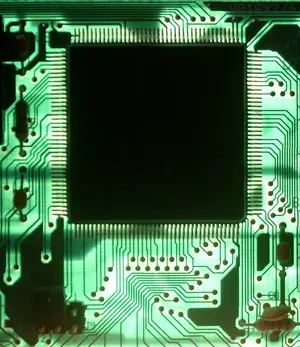If you haven’t heard by now there is an increasing amount of buzz behind the world of 3D printing. 3D printing, also referred to as; Fused Deposition, Stereo Lithography, Desktop Manufacturing, Rapid Prototyping, and Selective Laser Sintering is an additive manufacturing process in which material is added layer by layer to produce a desired geometry. This differs from conventional additive manufacturing processes such as casting in that a mold is not required. In sand casting or injection molding a mold creates the cavity that the material is introduced into. 3D printing on the other hand adds material layer by layer eliminating the need for preexisting tooling and opening the door to a more flexible environment. The following video illustrates the process.
BTOMC
3D printing follows the principles of Build To Order Mass Customization which is a the corner stone of its value. Any item can be produced quickly. If you have followed Shy Entrepreneur for very long this should sound familiar. If you are a small business owner take note of the fundamental value in fast custom solutions. As computer aided machines 3d printers also offer value in their quality and repeatability. The deviation from one job to the next is not significant…hmm could this be another parallel for small businesses?
Build to order is a “pull” based approach to business. By that I mean the demand dictates what is produced. This differs from pure mass production in that a million of one widget is not pushed onto the market. Ford found its success in part through mass production but I would argue that the small businesses you operate need not follow that model. The “push” approach may have its place but small business is fundamentally positioned to cater to a pull environment.
Technology
This technology behind fused deposition rapid prototyping is not new but is beginning to see more commercial acceptance. When I was in school we had one of the first three dimensional printers and at that time the secret sauce was starch and sugar. A layer of sugar was pushed over each previous layer then starch was added to solidify the layer. Now there are a number of materials that are either extruded on to each layer or in the case of laser sintering a liquid is solidified to create the layers. As this technology has improved commercial establishments have decided it is worth the investment.
Initial machines didn’t speak to the customer’s core need and for 20 or so years the demand remained flat. As things progressed however and the printers began creating solutions that solved manufactures core need more and more of the machines could be found in use. Early machines didn’t offer the structural integrity in their printed models which made a secondary process necessary. The sugar and starch prints that we had needed to be dipped into a wax to keep them falling apart. I point this out so you can see how technology alone offers little value; it is the practical application of the technology that makes the sales. So, ask yourself how is the product or service you offer meeting the core needs of your customers?
Where Are The Manufacturers Making The Money?
With a new technology like this I find it interesting to look at the costs over time. As we all know there is a life cycle with products and these printers will be the same way. The neat thing is we are currently at front of the curve. I remember the sugar machine in college having a huge price tag in the neighborhood of 60k now you can get a much more modern fused deposition machine for around 30k. The DIY community also offers a few kits and machines that fall around $800.00 to $1200.00. I don’t know enough about each technology to say which is better for any given application but I can say from a consumer stand point I like the direction of the trend. So who is making money on these machines?
The early players had the market cornered by being the only competitor but no one knew of their product. They charged a premium because they could and in part because they had to make up in price what they didn’t have in volume. As the market matured however and new players popped up prices began to drop but the demand began to grow. Who would you want to be, the guys pushing the innovation or the guys responding to the market? Personally I would rather be the guy responding to the market but I would position myself to offer a high quality product at a premium.
Getting a Piece of the 3D Craze
I can’t tell you exactly how 3d printing will exist in our future but I know it won’t be going away. There are so many benefits to the additive manufacturing process that I would be more surprised to see it fade away. That said how can an engineer and entrepreneur get a piece of the action? We have decided to grab a piece of the 3D craze by registering the domain FusedDeposition.com.
I don’t know what we will do with it quite yet but I figured it would be an investment that could have dividends down the line. As the cost of 3d printers drops we may start to provide a printing service. Or, we could put together a community of printers and designers and come from the DIY angle. Whatever we end up doing I will be sure to let you guys in on our direction and the processes behind it. As an engineer with a manufacturing focus it makes sense for me to explore this avenue so I don’t mean to push this onto all of you. Some of you reading this I would suggest not to get involved with the craze but you should appreciate the technology.

Leave a Reply